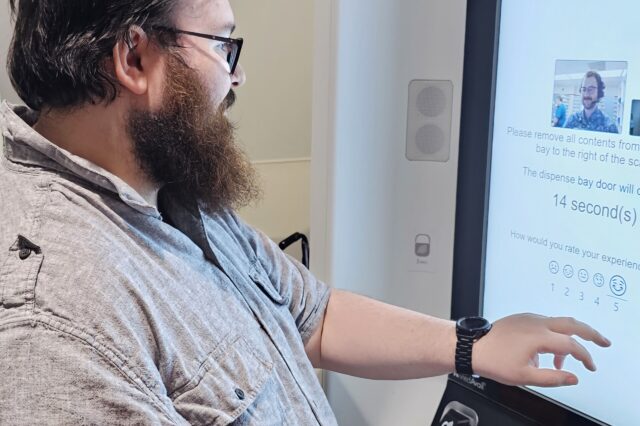Alternate names
MAT, buprenorphine, Suboxone®, Subutex®, opioid use order
Causes, incidence and risk factors
Opioid use disorder affects 2 million people in the US alone and, as of 2018, were contributing to over 46,000 deaths annually. Opioid use disorder is characterized by the strong desire to obtain and take opioids, such as heroin, oxycodone, or fentanyl, despite negative consequences. The term encompasses both opioid dependence and addiction.
Opioid use disorder is typically treated with medical therapy and when this service is provided it is referred to as Medication Assisted Treatment, or MAT. The two most common medications prescribed for this purpose are buprenorphine and methadone. However, methadone is highly regulated for this purpose and can only be dispensed from a licensed facility, typically on a daily basis, under observed consumption. Buprenorphine, on the other hand, can be prescribed in varied quantities (typically to last 2-4 weeks) from a specially certified doctor’s office and taken at home. Other medications that may be used to help treat opioid use disorder include Naltrexone, which helps prevent relapse, and Naloxone, which treats opioid overdose.
Buprenorphine is an ideal medication to help treat opioid use disorder for many reasons. First and foremost, it is available as a prescription from the doctor’s office because of its unique safety profile. Unlike other opioids, it is unlikely to cause breathing difficulties even at higher doses. This is because it only partially activates the body’s opioid receptors. Because of this, buprenorphine does not provide the typical opioid “rush” that other opioids do, but still has an acceptable effect to those dependent on opioids.
Buprenorphine is placed under one’s tongue and allowed to dissolve over a period of minutes. Importantly, it is not swallowed because the stomach and intestines do not absorb it well. As an additional safety mechanism, buprenorphine is typically prescribed as a combination medication of buprenorphine and naloxone. This combination is commonly referred to as Suboxone® but is available through additional manufacturers or generic equivalents.
This combination helps keep the use of the medication safe by discouraging IV injection. It does this because the naloxone (a strong opioid blocker) component is not well absorbed when taken by mouth, but is active if injected and will cause severe withdrawal symptoms in an individual dependent on opioids.
It is common that when someone is taking buprenorphine, they will be required to provide urine samples and submit to random pill counts. It is important that you take medications exactly as prescribed by your physician as not doing so could lead to adverse side effects and an end to future prescriptions of the medication from your physician.
Citation
- Drug overdose deaths in the United States, 1999–2018. NCHS Data Brief, no 356. Hyattsville, MD: National Center for Health Statistics. 2020.
- Dydyk AM, Jain NK, Gupta M. Opioid Use Disorder. [Updated 2020 Jun 22]. In: StatPearls [Internet]. Treasure Island (FL): StatPearls Publishing; 2020 Jan. Available from: https://www.ncbi.nlm.nih.gov/books/NBK553166/
- Ling W. Buprenorphine for opioid dependence. Expert Rev Neurother. 2009;9(5):609-616. doi:10.1586/ern.09.26
- Substance Abuse and Mental Health Services Administration. (2019). Key substance use and mental health indicators in the United States: Results from the 2018 National Survey on Drug Use and Health (HHS Publication No. PEP19-5068, NSDUH Series H-54). Rockville, MD: Center for Behavioral Health Statistics and Quality, Substance Abuse and Mental Health Services Administration. Retrieved from https://www.samhsa.gov/data/


